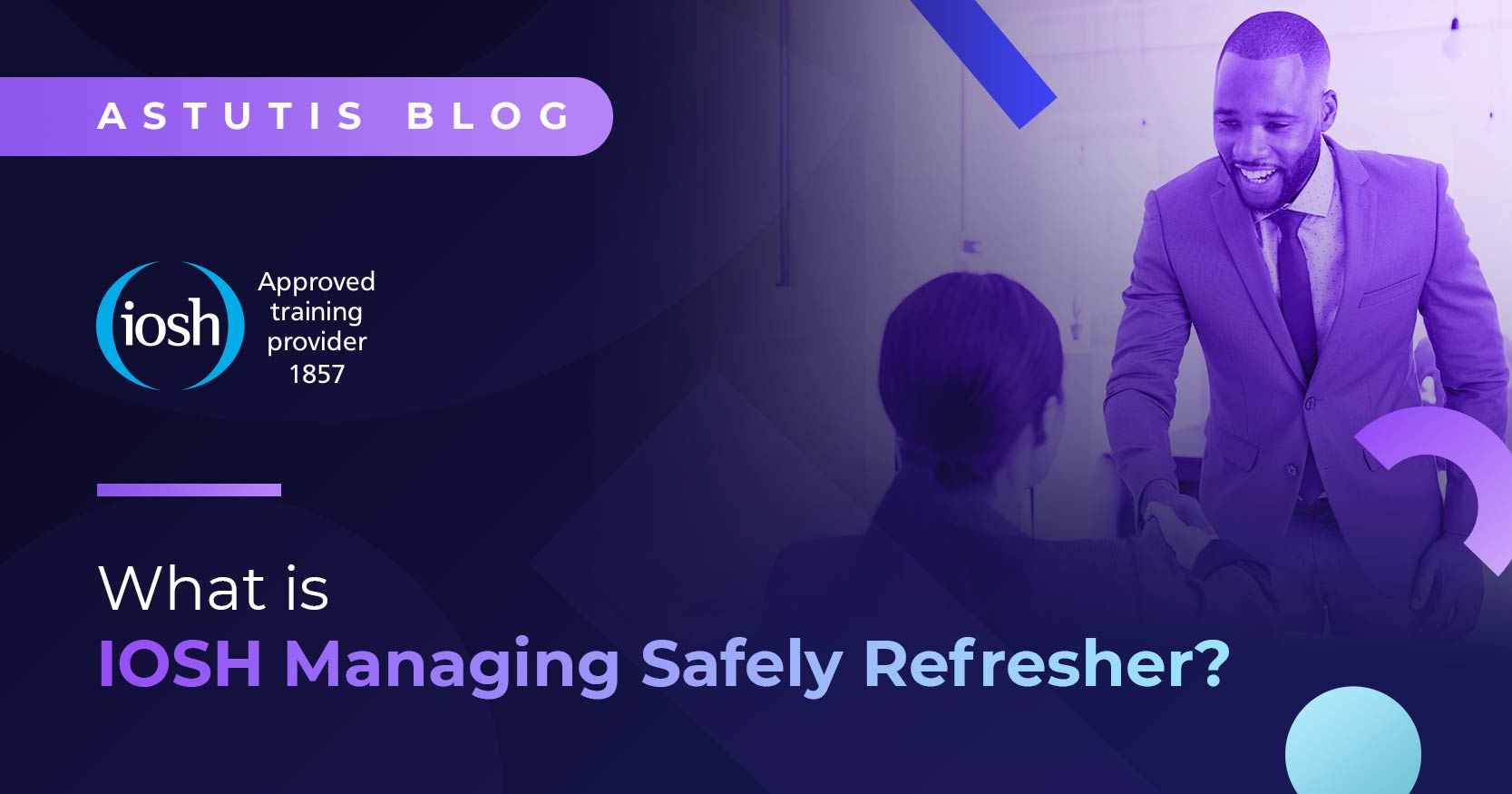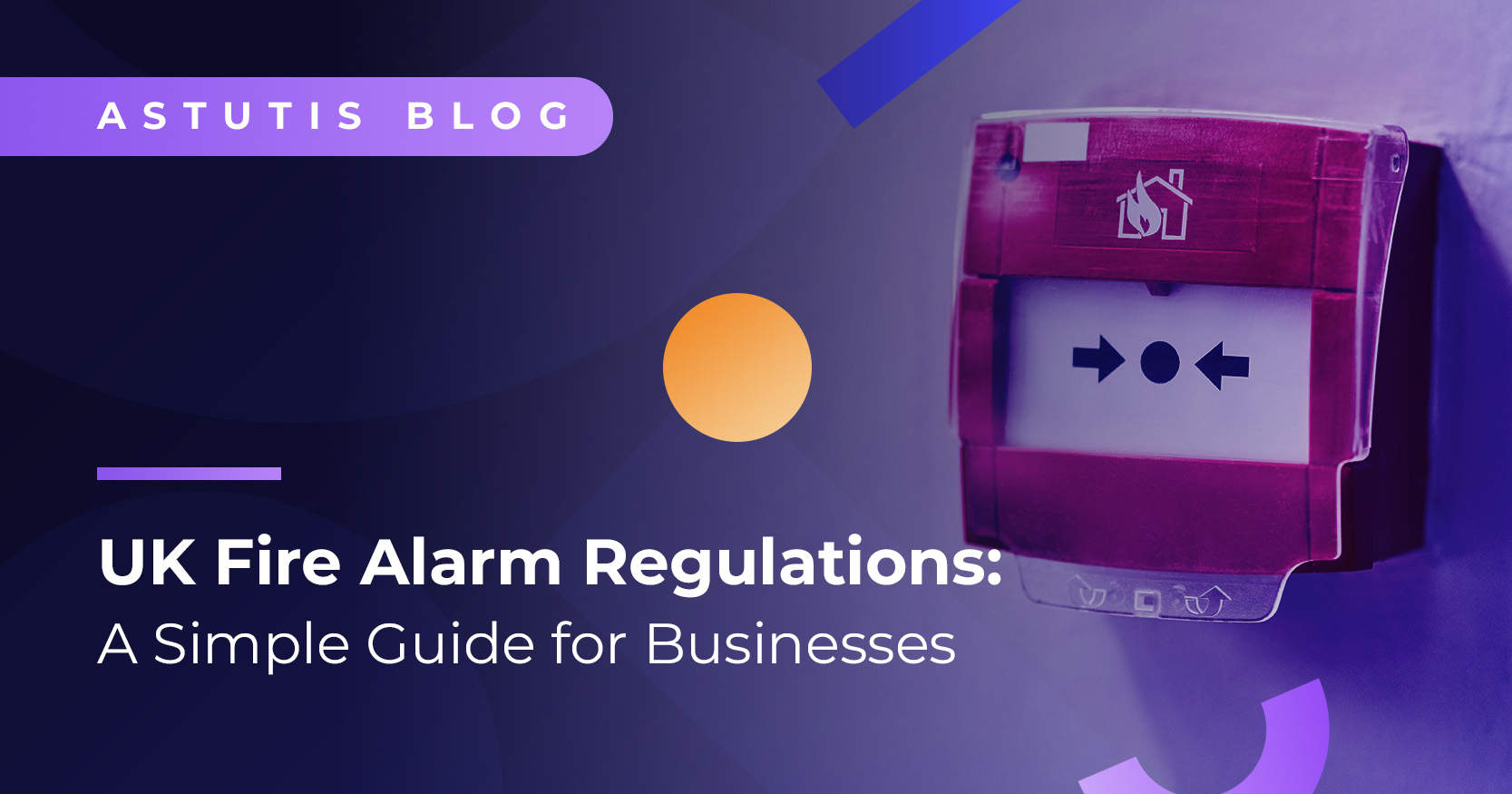Developing a Successful Accountability Structure in OHS: part 1
This blog was update in August 2022 to represent changes in recent stats.
As part of our series of posts exploring Behaviour Based Safety (BBS), this post looks at the importance of developing accountability structures in health and safety.
As the world becomes smaller and the pace of international trade and technological progress continues, we are seeing the reported cases of occupational accidents and ill-health increasing in many developing countries. The International Labour Organisation (ILO) estimates that every year, globally, over 1.2 million workers are killed due to work-related accidents and diseases and a further 250 million occupational accidents and 160 million work-related diseases are occurring - the economic cost of which is reportedly estimated to amount to 4% of global GNP!
Together with management commitment, accountability ranks as a critical component of any modern organisation’s safety management system. Over and above responsibility and authority, accountability means that ‘performance is measured relative to standards or objectives’ - resulting in positive or negative consequences.
Accountability and responsibility, while intrinsically linked, should not be confused with one another:
- Responsibility - the state or fact of having a duty to deal with something or of having control over someone.
- Accountability - the obligation of an individual or organization to account for its activities, accept responsibility for them, and to disclose the results in a transparent manner. Someone who is accountable is completely responsible for what they do and must be able to give a satisfactory reason for it.
Accountability Structures
“An accountability structure is the organisational framework that depicts the different groups within the partnership and includes an outline of the roles and responsibilities of each group, describing the processes, people, and supports necessary to function effectively.”
In order to achieve excellence in safety performance and culture, business leaders need to support and foster accountability in this area.
Accountability Structures Provide:
- Clarity – surrounding roles, responsibilities and decision-making and authority
- Organisation - to increase effectiveness and efficiency and forms the basis for outlining work-flow
- Communication – of roles and responsibilities for all
Accountable employees go above and beyond in their function, take responsibility and show initiative while owning projects/processes/problems. Although an accountable workplace won’t happen overnight; when the work environment is designed with accountability in mind, the workplace will thrive.
According to a 'Forbes' article (7 Ways to Build Accountable Organisations) written by Henry Browning, to build an environment of accountability, it is advisable to invest your time in the following areas:
- Define - roles, leadership and ownership
Remove ambiguity and confusion - team members will build a more capable team by identifying gaps and learning new roles and processes.
- Support - ownership for team results
A strong focus on team processes and communication - each member should feel able to seek information, give and receive feedback and point out the need for corrective action at any time.
- Allow - the right to prioritise
Teams should feel able to make decisions and resolve problems. Support this process with resources, knowledge and assistance as needed; skills, confidence and ownership of team members will then increase.
- On the subject of punishment…
Fear will be created and innovation will suffer if your end goal is simply knowing who to punish - employees will be wary of using initiative to find solutions. Define why it is you need a defined accountability structure.
- Seek - improvement
Accountability provides the building blocks for developing a learning organisation – offering an opportunity to see what’s working and what isn’t and analyse the cause. Taking a systems approach will promote an understanding of what aspects of the situation have influenced the process, system, culture or circumstances.
- Evaluate - and importantly, offer feedback
If they know feedback is designed to improve processes and add to knowledge, employees be will generally be receptive to it. Use multiple forms/mechanisms of feedback.
- Promote - integrity
In an accountable organisation, if an employee falls short in a particular area, they will generally admit it and work to improve. Low commitment or regular short comings can be a sign that something is missing from a culture of accountability.
Accountability for Health and Safety
Successful organisations are led by Directors and Management that provide direction on effective OHS and foster a safety culture, encouraging buy-in at all levels. In turn, this leads to improved reputation, organisational resilience and tangible results revealed in the bottom-line.
While we know that Directors have both individual and collective responsibility for governance and risk management (take a look at our recent post Due Diligence: 5 steps to ensuring your workplace has safety covered), and that they can be liable for failures under health and safety law, what is less well documented are the results of passing down accountability through the lower levels within an organisation.
Appropriate application of effective consequences within a culture of accountability needs to exist in order for desired behaviours to be sustained – in short, employees will need to believe that they will be held accountable for their decisions and actions for any safety effort to be a success. When you make individuals accountable for their own behaviour or actions within their job role, they are more likely to seek out solutions to health and safety problems than to offer barriers.
Our next post in this series of BBS posts explores the 'Components of an effective accountability system.'
Contact our experts for advice on fostering a learning culture within your organisation and support on climate surveying.
Related Blogs

Real Life Stories









